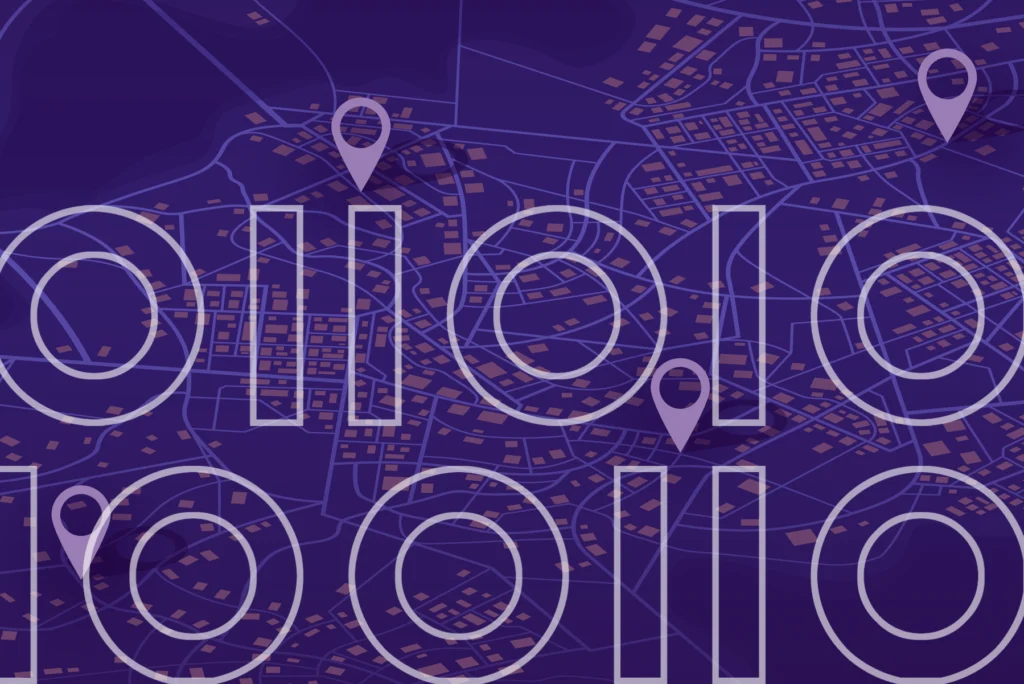Digital transformation is introducing a new wave of innovation in virtually every industry. As a number of new technologies have become affordable, reliable, and easily accessible, a world of new possibilities has opened up. Mobile devices, the Internet of Things (IoT), big data and location-based data, artificial intelligence/machine learning, and other technologies have sparked a fourth industrial revolution that will continue to change the way we live and work for years to come.
Innovative new business models, business processes, and capabilities have emerged that simply did not exist before. Companies like Uber and Lyft have transformed local transportation. Airbnb has changed the hotel industry forever.
Digital transformation isn’t always so obvious, though. Behind the scenes, new technologies are transforming manufacturing processes, supply chains, product management, and virtually every other business domain imaginable. The revolution has only just begun, and companies with aggressive digital transformation strategies will continue to find themselves at a competitive advantage.
By themselves, none of the aforementioned new technologies necessarily has the power to significantly transform the way we do business. However, when they are combined, breakthrough opportunities start to show up everywhere.
Digital technology transforms location intelligence
Location intelligence has been transformed by the juxtaposition of several critically important trends in digital technology: location-aware devices, big data, and artificial intelligence (AI). Mobile phones, IoT devices, and GPS-enabled vehicles, for example, can pinpoint the location of consumers, product shipments, or service vehicles at any moment in time. Perhaps even more importantly, they can track location across a span of time. This provides us with an extraordinarily detailed view of many of the things we need to know.
A new generation of tools for storing, manipulating, and analyzing large volumes of data is enabling business leaders to make sense of all that information. We can identify patterns and trends that might not have otherwise been apparent to us. Those insights can, in turn, drive better business decisions, increase efficiency, and spark innovation.
Read our white paper
Location Intelligence: The Data-Driven Paradigm Shift
Devices such as mobile phones, wearables, embedded sensors and connected cars are generating more valuable location data than ever before. Organizations are taking note, recognizing new and innovative ways to use data to deliver personalized services, identify business opportunities and quantify risk. Learn how organizations are optimizing customer experiences by leveraging location intelligence.
The power of location and location-based data
Consider an example that should resonate with most companies: location can give us a better understanding of customers.
We are accustomed to thinking about customers in terms of demographics and psychographics. We classify them according to age, gender, income level, family status, and a number of other (mostly static) factors. Historically, location has played a limited role in this respect; we might know where a person lives or works, but we probably know little else regarding their location.
Consider what happens when we add a more sophisticated layer of location-based data to this conventional customer profile. Suddenly, we can tell when and where they shop, which sporting events (if any) they attend, and which billboards they pass as they drive to and from work. If they work from home, we can know that as well.
In the context of big data, of course, we care less about the habits of individual consumers and more about the bigger picture. We might like to know, for example, where working professionals are spending their weekend mornings, or how far away from campus college students are willing to travel for a restaurant meal. As a rule, are they likely to stop anywhere else along the way?
To be sure, location intelligence can provide us with a better understanding of consumer behavior, but that’s just one example of how location intelligence is driving digital transformation. Insurance companies are using location-based data to understand the risks associated with a specific property in a far more granular way.
Let’s assume, for example, that a certain residential property is located at the intersection of two streets, one a major thoroughfare and the other a one-way street with little traffic. Armed with detailed geospatial information or location-based data, we can know whether that building’s driveway connects to the main road or the side street. That could have significant implications for the risk profile of the property.
Location intelligence is driving digital transformation in the mortgage industry as well. Lenders are using geospatial data to more accurately assess the value of real estate prior to approving a mortgage.
Digital transformation is also happening in government entities. Emergency services agencies are using geospatial analysis to better understand which areas are underserved. By visualizing the distribution of elderly people within a community, for example, healthcare organizations can better understand current and future requirements for ambulance services, outpatient facilities, and more.
Location intelligence is driving digital transformation for wireless telecommunications companies, assisting with network optimization, customer lifecycle management, and new subscriber acquisition.
Although it sounds cliché to say that “the possibilities are endless,” that is, in fact, the nature of digital transformation. As each new technology adds another tool to the innovation toolbox, creative minds will discover a myriad of ways to create value.
Data enrichment and location-based data: 1+1=3
Data enrichment with geospatial information adds another layer of value to the mix. In this respect, location intelligence presents an opportunity to add significant value to your existing corporate data. It’s a case in which the whole is worth more than the sum of its parts.
Big data is all about managing large volumes of information collected from diverse sources. Data federation, virtualization, and real-time integration make it possible to combine information from multiple sources, normalize and match that data, and elicit insights based on up-to-the-minute intelligence.
Data enrichment adds dimensions to your view of customers and prospects, with location-based data that sheds new light on consumer behavior. It opens up new opportunities to segment your market, identify possible new revenue sources, and drive business growth.
The nature of innovation is to expand possibility, which, in turn, spurs even more innovation. The conversation about digital transformation often revolves around cloud, AI and machine learning, the Internet of Things, mobile devices, and blockchain. Each of these technologies plays an important role in opening up new possibilities for innovation.
With location-aware devices playing a prominent role in that list, and with big data analytics coming of age, location intelligence is poised to play an increasingly important role as part of any organization’s digital transformation toolbox.
Read this Forbes Insights white paper entitled Location Intelligence: The Data-Driven Paradigm Shift to learn learn more.







